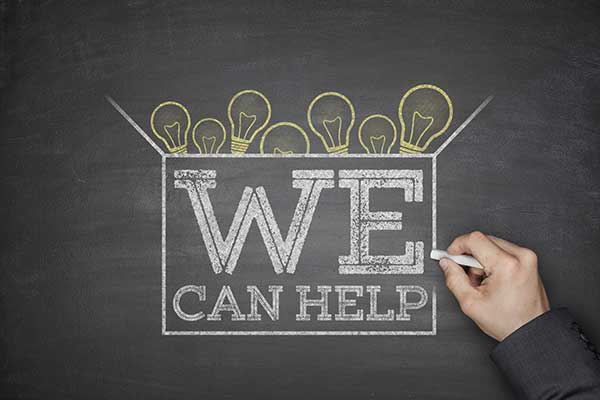 The year 2020 has been dubbed the year of perfect vision. It’s pretty safe to say no one ever envisioned COVID-19 becoming the story of the year the way it has. Whatever our individual opinions and feelings and fears about this situation, and the impact social isolation has had on our lives, Canada’s SR&ED tax credit program is still available to help struggling businesses.
The year 2020 has been dubbed the year of perfect vision. It’s pretty safe to say no one ever envisioned COVID-19 becoming the story of the year the way it has. Whatever our individual opinions and feelings and fears about this situation, and the impact social isolation has had on our lives, Canada’s SR&ED tax credit program is still available to help struggling businesses.
While SRED tax credits shouldn’t be considered and depended upon as a source of income for eligible businesses, now is the perfect time to apply. The SRED tax credit is a percentage issued against eligible expenditures which were applied towards scientific research or experimental development in a given fiscal year.
So let’s start with some SR&ED basics.
What work qualifies for SRED Tax Credits?
There are two main concepts that indicate the transition from routine R&D into SR&ED: technological uncertainty and knowledge gaps/new knowledge generated. Often these two concepts overlap in most SR&ED eligible projects. Both may or may not be evident when a research project starts.
Technological Uncertainty & Generation of New Knowledge
Many companies encounter technological uncertainties and knowledge gaps to be filled when unexpected problems occur in the experimental development process or when:
- There’s no off-the-shelf solution to solve that problem;
- There’s no industry knowledge or standard to help you solve your problem;
- You’ve reached the limit of what current technology can do in your project and have to do something non-standard or less-than-standard to get that technology to work, or progress in your development;
- The knowledge or technology available was sufficient only as a starting point and was not sufficient to get your work all the way from Point A to Point B, and you had to figure out a way to get the rest of the way;
- You have to make a piece of machinery or computer software or ingredients work in ways it wasn’t designed to, or a combination thereof to work together when they wouldn’t normally;
- You have to cobble together a bunch of ideas or technologies without any certainty as to whether they will work together, let alone solve the problem you’ve encountered.
R&D Failure = Opportunity for Additional New Knowledge
Additional new knowledge is usually generated when an attempt, or many attempts, is made to get a hypothesis to work, and it doesn’t, and modification of that experimental approach or technology is necessary. We would all love it if we could just find a plug-and-play solution and have everything work on the first try—but, much like the year 2020 so far, things very rarely happen the way we anticipate or plan.
SR&ED actually loves failure. Failure definitely won’t solve the problem you’re trying to solve, but it can and often does still generate new knowledge that can lead to the next step in the process. Failure is not just about having to throw away a whole batch of beer or vegan baked goods, or machine. Failure can also mean not quite achieving your goal for your project and further steps are necessary to get to that goal. If something you did failed, why did it fail, and how did you use the knowledge you gained in the attempt to try something else or try again?
These are all potential opportunities for SRED-valid projects. It’s important to note that an SR&ED project may or may not be the same as an R&D project. Your SR&ED Unlimited consultant can help you find the threshold between R&D and SR&ED. There may actually be several SR&ED-eligible projects within a single R&D project.
It’s not too Late!
If you know you have R&D work where any of the above applies, now is the time to talk to a SR&ED Unlimited consultant.
You can file an SR&ED claim up to 18 months after the end of any fiscal year. Obviously, the earlier you talk to us in the process, the more you’ll be able to remember about the work you did, and the easier it will be for us to collect and write up the details to maximize your claim.
COVID19 has affected a lot of small businesses in many completely unanticipated ways. But SRED tax credits are still available and may help ease the financial crunch your Canadian-owned corporation is facing as a result of COVID19.



